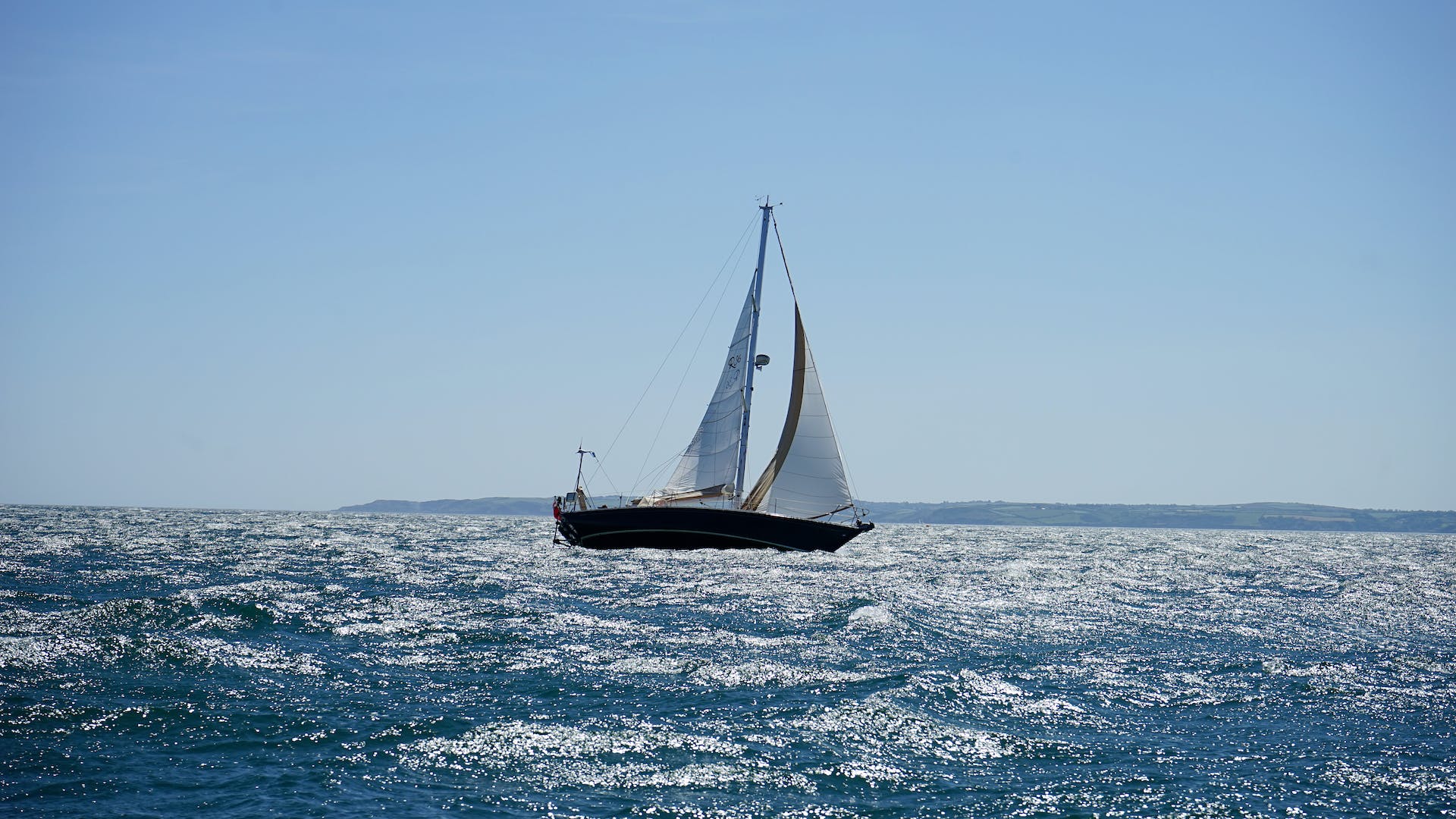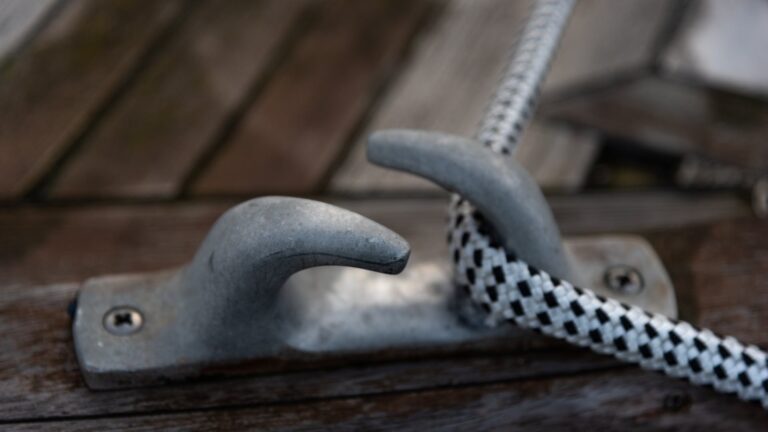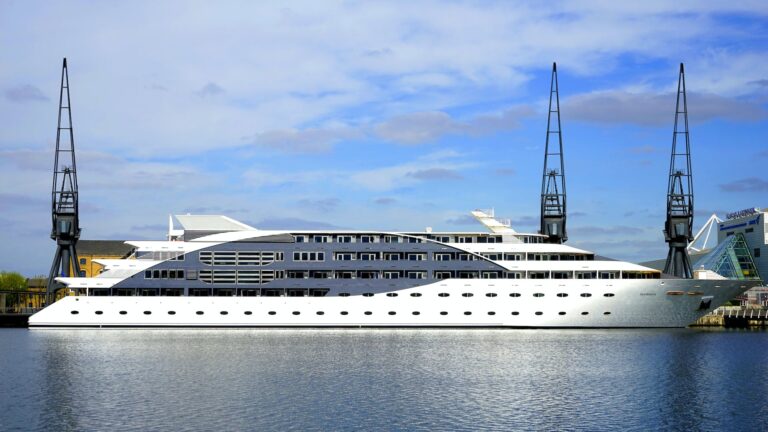Is 20 knots Very Windy?[Editing Required]
Is 20 Knots Very Windy? A Comprehensive Guide to Sailing in Strong Winds
Sailing is a thrilling and beautiful experience that can be enjoyed by people of all ages and skill levels, but it requires knowledge of the elements and an understanding of how to handle them properly in order to remain safe while doing so. One of the most important elements to consider when sailing is wind, as it can affect both the boat and the sailor, making it crucial to know what wind speed is considered “very windy” before setting off on a voyage or even stepping foot onto a boat for the first time! This article will provide an exploration into what wind speed is considered very windy, its effects on sailing, risk assessment for sailing in strong winds, tips for sailing in strong winds, and finally how to make sure you have an enjoyable time while doing so!
Definition of Knots
Knots are a unit used to measure speed, especially when referring to wind speed or boat speed – one knot equals 1 nautical mile per hour (1 nautical mile = 1.15 statute miles). It is important to note that knots are different than miles per hour (mph), which are commonly used to measure land speed – where one mph equals 1 statute mile per hour (1 statute mile = 1 mile). Therefore, when talking about wind speeds or boat speeds it’s important to use knots instead of mph!
What is Considered “Very Windy”
When determining whether or not a particular wind speed is considered very windy, this largely depends on the type of boat being sailed as well as the experience level of the sailors onboard – some boats may handle higher winds better than others while some sailors may have more experience navigating through rough seas than others do! Generally speaking however, any wind speed greater than 25 mph (39 kph/ 22 knots) could be considered very windy and therefore should be taken into consideration before setting off onto open waters!
The Effects of Wind on Sailing
Wind has both positive and negative effects when it comes to sailing – too little can mean having difficulty moving forward while too much can mean struggling to stay afloat! Therefore, it’s important to have an understanding of how different wind speeds can affect your journey before setting off onto your next voyage:
Impact on the Boat
The impact that wind has on a boat can vary greatly depending on its size, shape, design as well as how well it has been maintained – larger boats tend to be more stable but require more power while smaller boats are less stable but require less power which makes them easier to maneuver in strong winds! Generally speaking however, any winds greater than 25 mph (39 kph/ 22 knots) will cause most boats to rock more violently which makes controlling them difficult – this is why it’s important to prepare appropriately if you know you will be sailing in strong winds!
Impact on the Sailors
Just like with boats, winds greater than 25 mph (39 kph/ 22 knots) can also cause sailors onboard to become uncomfortable due to increased rocking and rolling which can make them feel seasick or just plain exhausted from having to continuously adjust their position onboard! Additionally, higher winds also increase chances for capsizing or colliding with other vessels – this is why risk assessment and safety precautions should always be taken into consideration before setting out onto open waters!
The Different Wind Speeds
Wind speeds generally range from 0-40 knots with 0 being no wind at all while 40 being hurricane force winds – anything above 40 knots should be avoided at all costs as these conditions are extremely dangerous! Below are some descriptions of various common wind speeds:
19-24 Mph / 29-38 kph / 17-21 knots (Fresh Breeze)
At these speeds small trees begin swaying while white crested wavelets may form – this is generally considered a pleasant breeze that adds a bit more excitement without posing any serious risk onboard a boat if proper precautions are taken such as reducing sail size accordingly!
25-31 Mph / 39-49 kph / 22-27 knots (Strong Breeze)
At these speeds large tree branches begin moving while telephone wires start whistling – this is definitely considered strong enough that extra caution should be taken onboard a boat due its increased potential for capsizing or collision with other vessels if not handled properly!
Is 20 Knots Very Windy?
Yes – 20 knots falls within the range of what would generally be considered very windy since it falls just between Fresh Breeze (17-21knots) and Strong Breeze (22-27knots). It should not necessarily be avoided altogether however since there are times when such conditions may still prove enjoyable given proper preparation beforehand such as reducing sail size accordingly or having multiple experienced sailors onboard who know how handle such conditions responsibly!
Risk Assessment for Sailing in 20 Knot Winds
Sailing in any kind of strong winds should always include some sort of risk assessment beforehand since higher winds bring with them an increased potential for danger both onboard and outside the vessel itself such as capsizing or collision with other vessels – here are some tips for assessing risks associated with sailing in strong winds:
Preparation for Sailing in Strong Winds A .
Have multiple experienced sailors onboard who know how handle such conditions responsibly B . Make sure the vessel itself has been properly maintained prior setting off including checking all necessary lines & sails C . Make sure all supplies necessary including food & water are available onboard prior departure D . Have a plan already set up prior departure outlining exactly what each person needs do if something were go wrong E . Ensure everyone onboard knows their roles & responsibilities prior setting out F . Have appropriate safety equipment available & make sure everyone knows how use it correctly G . Make sure everyone understands what weather conditions they may encounter during their journey H . Make sure everyone knows basic navigation & emergency procedures prior departure I . Have appropriate communication systems available & make sure everyone knows how use them correctly J . Take into account factors such as sea state & current weather conditions before departing K . Understand local regulations & laws regarding boating & take these into consideration prior departure L . Have appropriate insurance coverage available should something go wrong during your journey M . Monitor weather forecasts leading up departure & adjust plans accordingly if necessary N . Stay alert at all times during your journey & use common sense when making decisions involving safety O . Have backups plans available should something go wrong during your journey P . Report any incidents during your journey immediately after they occur Q . Be aware that even under normal circumstances unexpected events can occur at sea R . Make sure there are enough people available who know how navigate under severe weather conditions S . Make sure everyone understands their limitations & never put themselves or anyone else at risk unnecessarily T . Remain calm at all times even under extreme conditions U V W X Y Z V W X Y Z X Y Z Y Z Z Z Z Y Y Y V V V T T T R R R P P P N N N L L L J J J H H H F G F D E D B A A A O O O Q Q Q S S S U U U W W W X X X Y Y Y Z Z Z #Tips for Sailing in 20 Knot Winds Now that we’ve discussed risk assessment let’s talk about tips for actually enjoying yourself while sailing through strong winds: A ) Trimming Your Sail Properly : Properly trimming your sail is key when sailing through high winds since too much power could cause your vessel capsize while too little could make moving forward extremely difficult – make sure you understand exactly how trim your sail correctly based on prevailing conditions prior setting out onto open waters ! B ) Reaching and Running Strategies : Depending on prevailing conditions you may want consider either reaching or running strategies – reaching involves going slightly diagonally across prevailing waves while running involves going straight downwind – understanding which strategy works best based upon current conditions will help ensure you have fun yet remain safe throughout your voyage ! #How To Enjoy Sailing In 20 Knot Winds Finally let’s discuss ways make sure you get most out your experience sailing through strong winds – here are some tips : A ) Appreciating The Natural Beauty And Excitement Of It All : One great way enjoy yourself while sailing through high winds is simply appreciate beauty around you – seeing white crested wavelets bounce off bow , feeling thrill sensation beneath feet , etc – these experiences will help keep mind occupied rather than worrying about potential dangers ! B ) Taking Breaks When Necessary : Another great way ensure you enjoy yourself safely high winds take breaks whenever necessary – remember , even under normal circumstances unexpected events occur sea so don’t put yourself anybody else unnecessary risk by pushing past limits ! #Conclusion In conclusion , knowing what constitutes “very windy” along with understanding effects varying degrees have both vessel crew important considerations prior venturing out sea – understanding associated risks taking appropriate precautions key ensuring both safe enjoyable journey regardless prevailing weather conditions !







